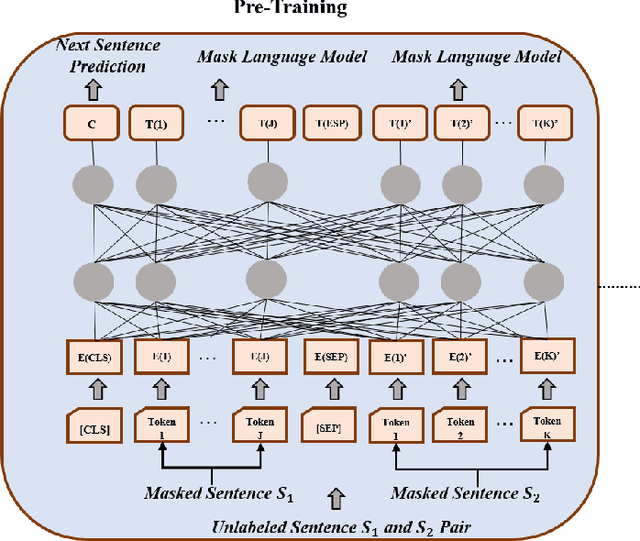Deep Graph Learning for Anomalous Citation Detection
Paper and Code
Feb 23, 2022



Anomaly detection is one of the most active research areas in various critical domains, such as healthcare, fintech, and public security. However, little attention has been paid to scholarly data, i.e., anomaly detection in a citation network. Citation is considered as one of the most crucial metrics to evaluate the impact of scientific research, which may be gamed in multiple ways. Therefore, anomaly detection in citation networks is of significant importance to identify manipulation and inflation of citations. To address this open issue, we propose a novel deep graph learning model, namely GLAD (Graph Learning for Anomaly Detection), to identify anomalies in citation networks. GLAD incorporates text semantic mining to network representation learning by adding both node attributes and link attributes via graph neural networks. It exploits not only the relevance of citation contents but also hidden relationships between papers. Within the GLAD framework, we propose an algorithm called CPU (Citation PUrpose) to discover the purpose of citation based on citation texts. The performance of GLAD is validated through a simulated anomalous citation dataset. Experimental results demonstrate the effectiveness of GLAD on the anomalous citation detection task.
 Add to Chrome
Add to Chrome Add to Firefox
Add to Firefox Add to Edge
Add to Edge